I have an excel table, lets call it Table1. There are 3 columns, Column1 Column2 and Column3. Potentially there could be 30-50 rows. I would like to get the last cell index in Column2 based on the value in Column3. For example, I am looking for the last row in the table where Column3 = A. In the below example that would be cell 11 or B5. I would like to this using structured table references if possible
| Column 1 | Column 2 | Column 3 |
|---|---|---|
| Cell 1 | Cell 7 | A |
| Cell 2 | Cell 8 | B |
| Cell 3 | Cell 9 | B |
| Cell 4 | Cell 10 | B |
| Cell 5 | Cell 11 | A |
| Cell 6 | Cell 12 | B |
I am attempting to make a dynamic named range that will update based on the value in column3 i.e. the range in this instance would be A1:B5.
Could anyone shine a line on how this can be done? I can get the last rows of any column and produce sub arrays of the table but am not able to successfully include Column3 = B as a modifier. Any help would be much appreciated.
Thanks
I've used INDEX (MATCH()) previously on basic excel formulats but am unable to make it work with table arrays

